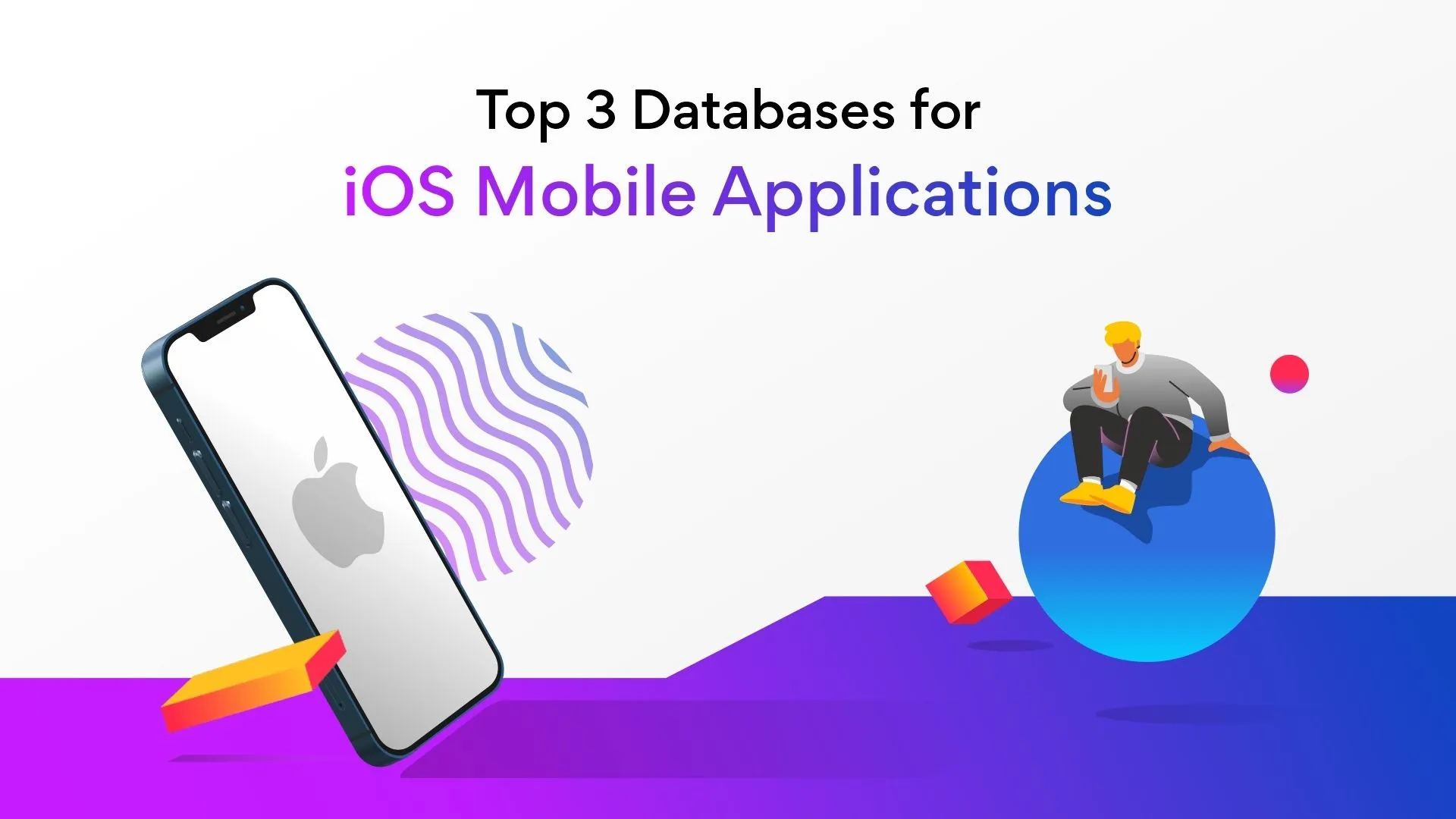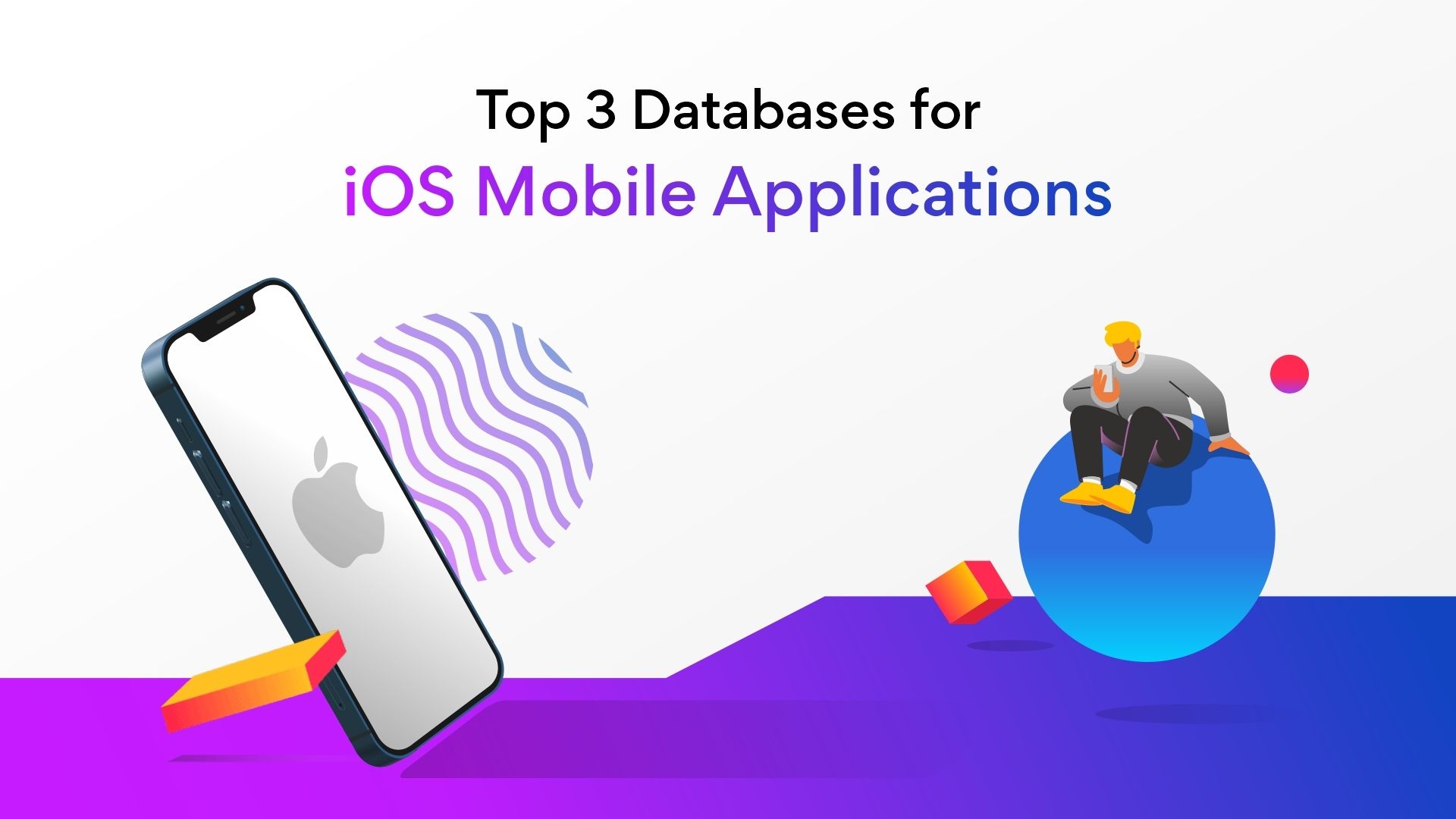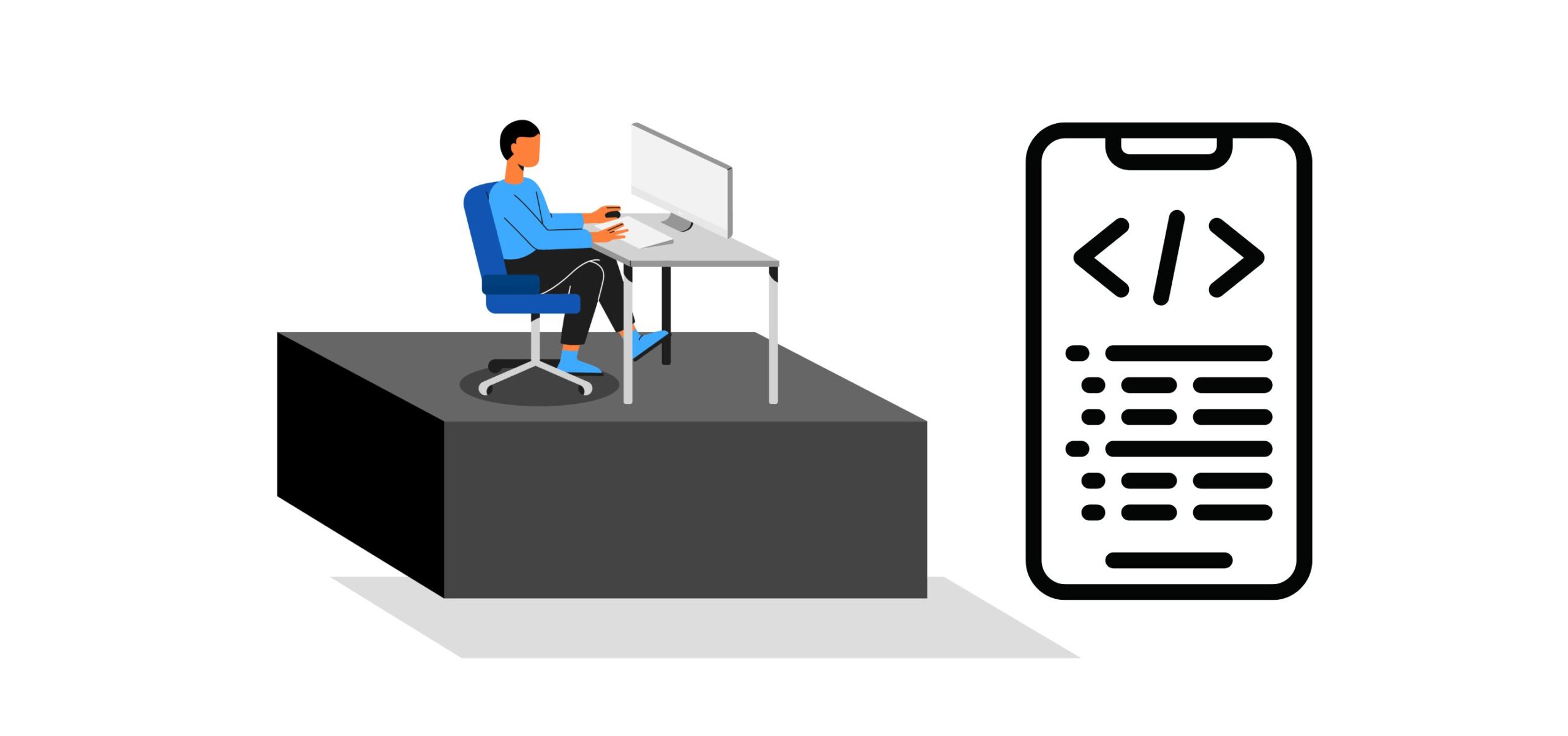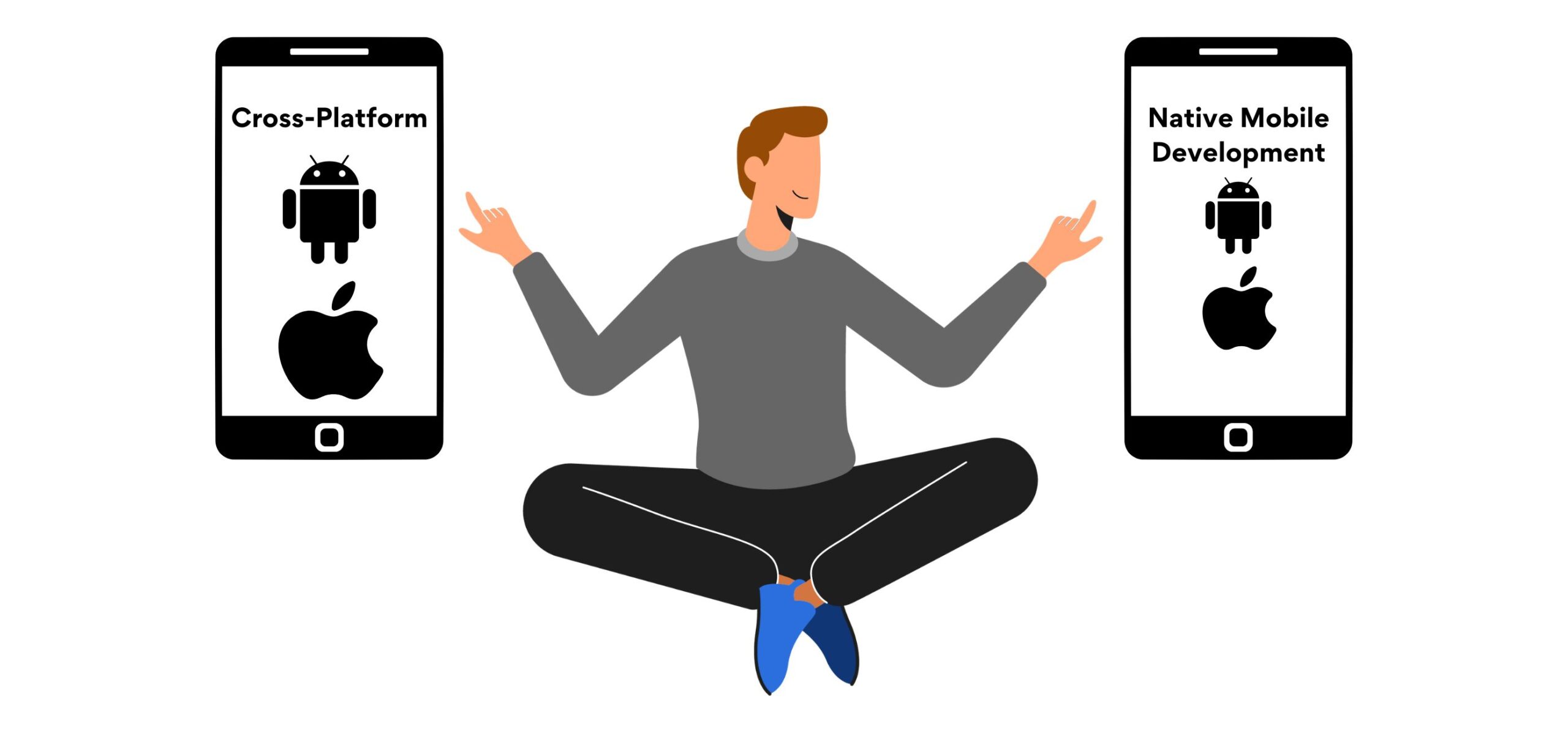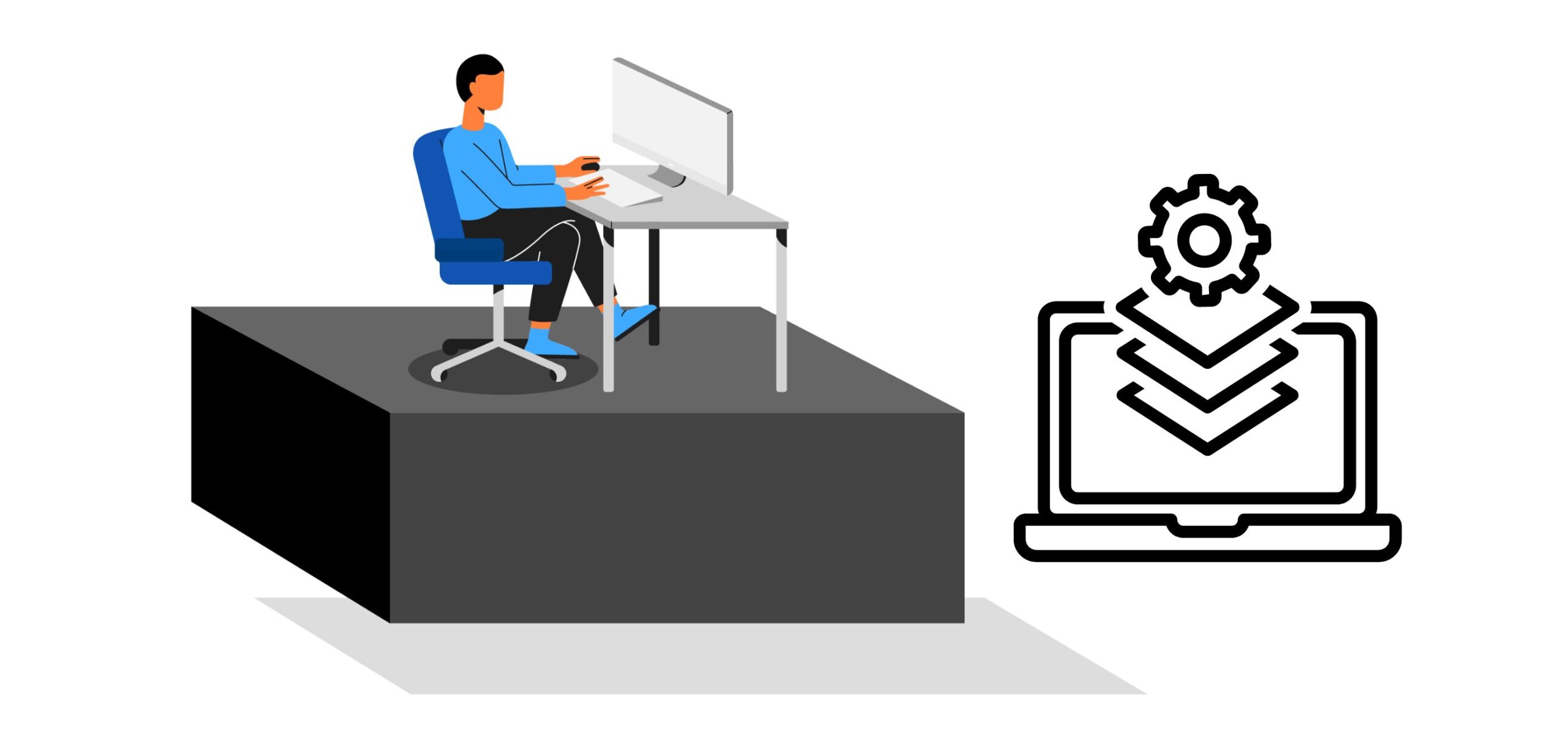Top 3 Databases for iOS Mobile Applications
Whether you are building an entirely new mobile application or want to add more functionality to an existing one, the prerequisites differ for every application. With millions of daily users and regular updates, there’s a good chance your current database for iOS needs an upgrade.
Although creating interactive software is crucial, databases are just as important. The database can access all the data required for users to have an immersive experience on your app.
What is a database?
A database is a collection of accessible data. A database manages data in most electronic devices.
For example, your phone’s contacts serve as a database that you may use to store and change contact information.
Mobile apps rely on databases in a similar way desktop apps do. Application databases help run applications and control user input.
What happens in a mobile app directly results from the data your app saves and filters. These data transformations are necessary for an app to function the right way.
What is the best database for iOS apps? Criteria for selecting the best database for iOS apps
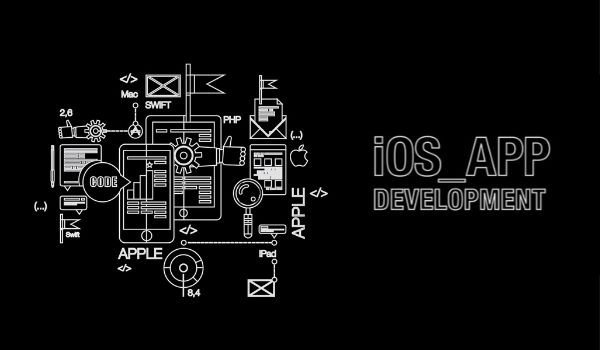
What is the best database for iOS apps?
Data structure
A data structure is determined by how you store and retrieve it. Mobile applications handle data in several formats. Online apps require access to a server to function. On the other hand, offline apps save all data on mobile device.
Synchronized apps save their data on mobile devices and work in offline mode. The server auto-updates the data whenever the device connects to the internet.
Data size
Data size is the quantity of data you need to keep and retrieve as vital application data. The amount of data stored varies based on the data format used and the database’s capacity to distinguish data across numerous file systems and servers.
As a result, you must select the database while considering the overall volume of data generated by the program at any given time.
Speed and scale
Some databases serve read-heavy applications, while others support write-heavy. For example, MongoDB is faster than MySQL in handling massive unstructured data. However, MySQL is faster in handling structured data.
A scalable design starts with choosing a database that can handle your app’s I/O requirements.
Data modeling
It’s a good idea to do some Data modeling before deciding on a database. Data modeling is a powerful articulation of business needs and data structures.
Data modeling is useful if your app includes capabilities like search queries, reporting, and location-based functions.
For example, Uber extensively uses MySQL, MongoDB, and a variety of other databases. Uber’s CDN is MongoDB, and its business logic is MySQL. MongoDB makes it very easy to store large amounts of incoming data in this situation.
Data security
It’s critical to securely access, transfer, and store data when employing synchronized and decentralized storage. You must address authentication, data at rest, and data in motion.
Authentication should be versatile, allowing standard, public, and bespoke authentication sources. Many apps require anonymous access to function properly. The database should provide granular control over what data users may access and modify reading/writing access.
The 3 Best Databases for iOS Apps
-
SQLite database
SQLite is the most widely used database engine. It’s a relational database management system (RDBMS). In contrast to a flat-file or hierarchical system, SQLite’s data is tabular.
The database for ios is incorporated into the program naturally, allowing it to function as a standalone service. SQLite is also a lightweight database.
Why choose SQLite database for ios?
SQLite is popular among developers for a variety of reasons.
Some consider the SQLite database the most convenient database for their iOS app because of its straightforward implementation.
The software is lightweight and easy to integrate into devices like mobile phones and digital cameras. There’s also no requirement for installation and configuration.
SQLite is highly portable, meaning it can run on almost any platform, including Windows, macOS, Linux, Android, and iOS.
-
Realm database
Realm is an open-source object database management system formerly known as MongoDB Realm.
The database is object-oriented, allowing developers to design object connections. Unlike SQLite, which is based on the SQL database language, Realm is based on C++.
Realm is a formidable competition for the finest database for your iOS app. It was created with mobile operating systems, such as Android and iOS, Xamarin, and React Native.
Why choose the Realm database for ios?
Realm’s advantages originate from its modernity. Realm is faster than SQLite.
Realm’s scalability is another important characteristic. Realm can handle many users and a significant volume of data.
Realm includes concise and well-written documentation for developers. As a result, knowledge is easily accessible, resulting in faster development processes.
-
Core Data
Core Data is a framework backed by Apple. You can utilize Core Data to cache temporary app data, save permanent app data for offline use, and define data types and associations.
Core Data is a persistence framework, not a database. Core Data can use SQLite as a database.
A persistence framework is a middleware that uses a database to store data. They serve as a layer between the data in a database and the data in an app.
Why choose Core Data?
Some may argue that Core Data’s ties with Apple make it the most acceptable iOS database for Apple-specific languages such as Swift and Objective-C. Other capabilities, however, give Core Data the upper hand as the database for your iOS app.
Core Data fetches data faster than SQLite database. In addition, the framework includes built-in capabilities that lower the code developers write by 70 percent.
Conclusion
As mobile apps are subject to change, the database needs to upgrade for feature enhancements or new feature updates. These criteria will assist you in determining which databases are appropriate for your mobile app. The key here is to choose an extremely adaptable database.
FAQs
- What database do Apple apps use?
The most common in-use databases for Apple apps are SQLite and Core Data. Realm is also gaining popularity and is relatively newer out of the three. - How do I view Realm database in iOS?
You can access the database only for the apps you’ve built and installed through X-code. You can view the Realm database by right-clicking the downloaded file and ‘Show Package Contents.’ There, you can access your Realm files under AppData/Documents/mongodb-realm/<app-name>/?????. - How can I see SQLite database in iOS?
You can access the SQLite database using the following steps:- Install DBBrowser for SQLite database.
- Using the NSLog, log your strDocumentPath in the console and copy the path.
- Now, open the DBBrowser and access the database. Using finder, press CMD+SHIFT+G, paste the path link there, and press ENTER. You will be redirected to your desired location in the database.
- What is the difference between Core Data and SQLite in iOS?
In simple terms, Core Data is a framework that allows you to manage an object graph while SQLite is a relational database.
Tell us the skills you need and we'll find the best developer for you in days, not weeks.
